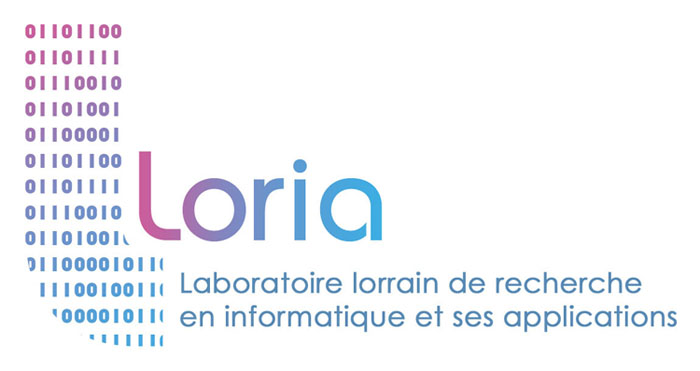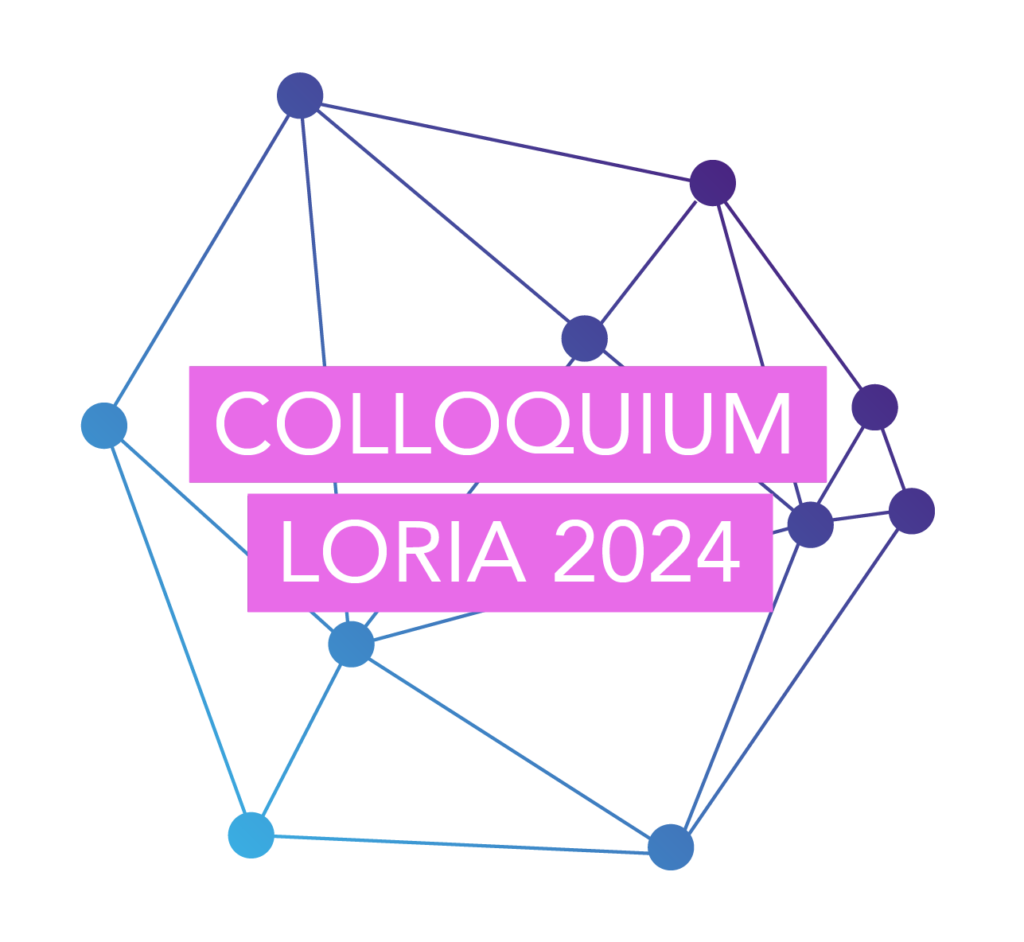[engineer 12 months] Automatic speech recognition for non-natives speakers in a noisy environment
Context
When a person has their hands busy performing a task like driving a car or piloting an airplane, voice is a fast and efficient way to achieve interaction. In aeronautical communications, the English language is most often compulsory. Unfortunately, a large part of the pilots are not native English and speak with an accent dependent on their native language and are therefore influenced by the pronunciation mechanisms of this language. Inside an aircraft cockpit, non-native voice of the pilots and the surrounding noises are the most difficult challenges to overcome in order to have efficient automatic speech recognition (ASR). The problems of non-native speech are numerous: incorrect or approximate pronunciations, errors of agreement in gender and number, use of non-existent words, missing articles, grammatically incorrect sentences, etc. The acoustic environment adds a disturbing component to the speech signal. Much of the success of speech recognition relies on the ability to take into account different accents and ambient noises into the models used by ARP.
Automatic speech recognition has made great progress thanks to the spectacular development of deep learning. In recent years, end-to-end automatic speech recognition, which directly optimizes the probability of the output character sequence based on the input acoustic characteristics, has made great progress [Chan et al., 2016; Baevski et al., 2020; Gulati, et al., 2020].
Objectives
The recruited person will have to develop methodologies and tools to obtain high-performance non-native automatic speech recognition in the aeronautical context and more specifically in a (noisy) aircraft cockpit.
This project will be based on an end-to-end automatic speech recognition system [Shi et al., 2021] using wav2vec 2.0 [Baevski et al., 2020]. This model is one of the most efficient of the current state of the art. This wav2vec 2.0 model enables self-supervised learning of representations from raw audio data (without transcription).
How to apply
Interested candidates are encouraged to contact Irina Illina (illina@loria.fr) with the required documents (CV, transcripts, motivation letter, and recommendation letters).
Requirements & skills:
– M.Sc. in speech/audio processing, computer vision, machine learning, or in a related field,
– ability to work independently as well as in a team,
– solid programming skills (Python, PyTorch), and deep learning knowledge,
– good level of written and spoken English.
Place
Multispeech team of Loria laboratory at Nancy (France)
References
[Baevski et al., 2020] A. Baevski, H. Zhou, A. Mohamed, and M. Auli. Wav2vec 2.0: A framework for self-supervised learning of speech representations, 34th Conference on Neural Information Processing Systems (NeurIPS 2020), 2020.
[Chan et al., 2016] W. Chan, N. Jaitly, Q. Le and O. Vinyals. Listen, attend and spell: A neural network for large vocabulary conversational speech recognition. IEEE International Conference on Acoustics, Speech and Signal Processing (ICASSP), 2016, pp. 4960-4964, 2016.
[Chorowski et al., 2017] J. Chorowski, N. Jaitly. Towards better decoding and language model integration in sequence to sequence models. Interspeech, 2017.
[Houlsby et al., 2019] N. Houlsby, A. Giurgiu, S. Jastrzebski, B. Morrone, Q. De Laroussilhe, A. Gesmundo, M. Attariyan, S. Gelly. Parameter-efficient transfer learning for NLP. International Conference on Machine Learning, PMLR, pp. 2790–2799, 2019.
[Gulati et al., 2020] A. Gulati, J. Qin, C.-C. Chiu, N. Parmar, Y. Zhang, J. Yu, W. Han, S. Wang, Z. Zhang, Y. Wu, and R. Pang. Conformer: Convolution-augmented transformer for speech recognition. Interspeech, 2020.
[Shi et al., 2021] X. Shi, F. Yu, Y. Lu, Y. Liang, Q. Feng, D. Wang, Y. Qian, and L. Xie. The accented english speech recognition challenge 2020: open datasets, tracks, baselines, results and methods. IEEE International Conference on Acoustics, Speech and Signal Processing (ICASSP), pp. 6918–6922, 2021.


